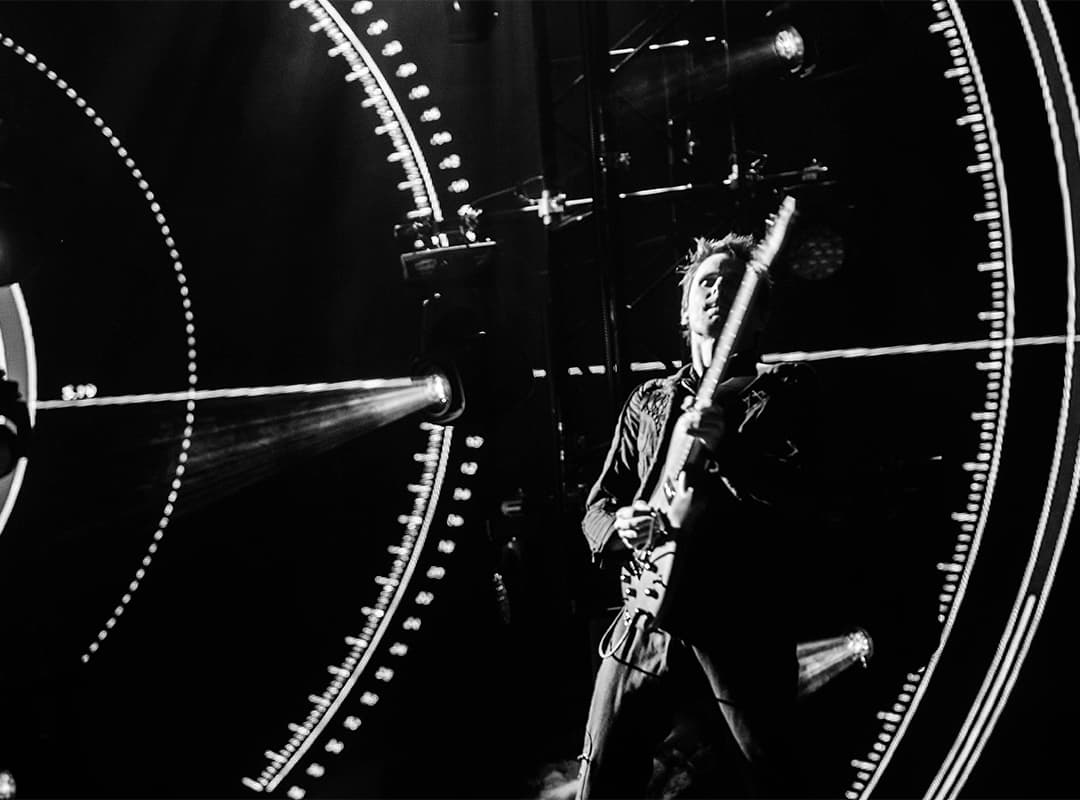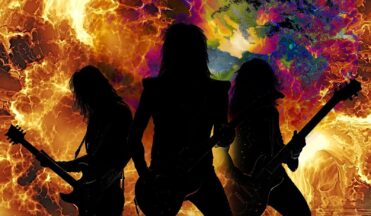What do you think of when I talk about psychedelic rock? Chances are, your first thought is of the 1960s counterculture, Woodstock, and big names like Jimi Hendrix or The Doors. In fact, many of the bands we consider to be pillars of classic rock are considered psychedelic rock bands. Even the earliest psych albums have an impact to this day, with every decade since the 1960s heralding a revival of the genre. Important features include powerful reverb, a large presence of tonality (especially electronic organs), oriental instruments and musical themes, long instrumental parts, and surreal lyrics that often refer to the use of hallucinogenic drugs.
Thanks to the accessibility of modern music and the growing popularity of the alternative rock scene, artists such as Tame Impala and Mac DeMarco are very popular and ensure that the genre remains alive and well. Perhaps the surge in psychedelic style is not only due to the recent push to reduce incarceration and stigma around drugs (marijuana in particular), but also due to a clearly political and jaded youth.
For me, the genre and subsequent subgenres and revivals remind me of the reason I became an avid music listener; growing up on albums like Disraeli Gears and The Dark Side of the Moon was integral to developing my personal musical taste and exploring my own definition of music. Perhaps that’s why we love psychedelia – it reminds us of our parents and grandparents or our very first album. Perhaps it reminds you of the first song you heard on the radio or the distant droning through the speaker while shopping. So it’s even more important that we learn how psychedelia came to be…
The year is 1965. A distinct youth counterculture began to emerge, experimenting with the use of drugs such as grass, psilocybin, and LSD. A little more than a decade had passed since the term “rock and roll” was coined; this is when the 13th Floor Elevators appeared on the Austin music scene, inspired by folk and blues. A year later, The Psychedelic Sounds of the 13th Floor Elevators was released, with liner notes and album art clearly promoting the use of LSD as a means of freeing the soul and expanding the mind. 13th Floor members Rocky Erickson, who has been called the “godfather of psychedelic rock,” and Tommy Hall are credited with coining the term “psychedelic rock.” Hall’s use of the electric pitcher, in particular, is a key element in recreating the acid trip feel of the music, mimicking the distortion of reality and a trance-like state.
Despite its moderate success, the album is arguably one of the most influential in the formation of the genre and helped Austin become a music center in the South. Other famous artists who came out of the Texas psychedelic rock scene include Janis Joplin, Red Krayola, and Bubble Puppy. At the same time, author Ken Kesey and a band called The Merry Pranksters traveled the San Francisco Bay Area handing out acid (not yet illegal), accompanied by early performances by The Grateful Dead and visuals created by projections of oil in what would later be known as the Acid Trials. As LSD became more and more influential in youth culture, it became increasingly apparent across the country that it would shape the next wave of music.
The following year, The Beach Boys released Pet Sounds, not only recognized as one of the greatest and most influential albums of all time, but also a defining album in the fusion of psychedelic rock and pop music, thus introducing the genre to the mainstream. The album reached number 10 on the Billboard charts; after that, The Beach Boys began releasing a series of psychedelic albums (Wild Honey, Sunflower, etc.), which, although not as commercially successful as their previous albums, showed a clear change in both their sound and mainstream music.
Another pioneering album in the history of psychedelic rock, Sgt. Pepper’s Lonely Hearts Club (released in 1967, celebrating the recent 50th anniversary) contains references to Pet Sounds, which were one of the main sources of inspiration for the album and the Beatles’ changing sound. This can be seen in the use of animal sounds in “Good Morning, Good Morning” (similar to the coda “Caroline, No” from the latter). Sgt. Pepper was an immediate commercial success, as well as being known as an artistic and musical masterpiece. In response, a British psychedelic rock scene began to develop, more experimental and pop-like in sound than its heavy American counterpart, paving the way for the birth of metal and prog. These two albums are arguably the most coherent and influential in the development of psychedelic rock, and they continue to be praised as rock and roll masterpieces.
In 1969, psychedelic rock reached its peak of popularity. This year, we are hosting the Woodstock Festival, one of the highlights of rock and roll. It is the pinnacle of youth counterculture, and during the same year it crashes with many “acid fallout”, nervous/psychological breakdowns caused by a mixture of fame and heavy hallucinogen abuse. Some of the most famous acid victims include Brian Wilson and Syd Barrett, and several members of the “Club of 27” died the following year for various reasons. With the death of many of psychedelic rock’s “greats” comes the death of its popularity in the mainstream, with its subgenres eagerly taking its place.
Although a few psychedelic bands remained, during the 80s they mostly influenced new genres such as shoegaze. It receded into the alternative scene, and in the 1990s, bands like The Flaming Lips and Super Furry Animals tried to revive the genre to its former glory. Although they achieved some popular success, this “neo-psychedelia” is still definitely underground. It was only around 2001, with the so-called “revival” of rock ‘n’ roll and the blossoming and increasingly popular alternative scene, that many neo-psychedelic bands such as Animal Collective and Pond formed and flourished. This new wave of psychedelic rock retains some of the key features of psychedelia, but is more often mixed with electronica and pop music. The mid-2000s saw several breakthroughs into the mainstream with hits such as MGMT’s “Electric Feel” and Burning Lips’ “Do You Realize??”. As the indie scene began to play a particularly important role among young people since 2010, psychedelia and its influence has also grown. Today, we are seeing the development of subgenres such as acid house and trance, which are evolving from the psychedelic rock scene that is growing again. Whether you’re a longtime fan or a listener trying to branch out, it might be time to bring back that dusty, psychedelic rock vinyl at the bottom of the bin once again.


